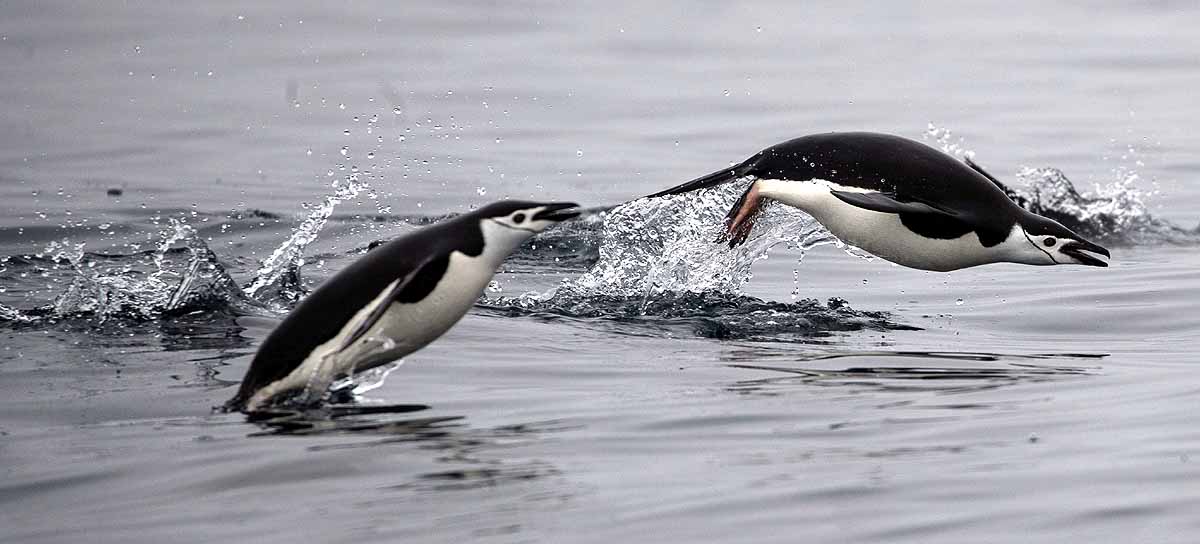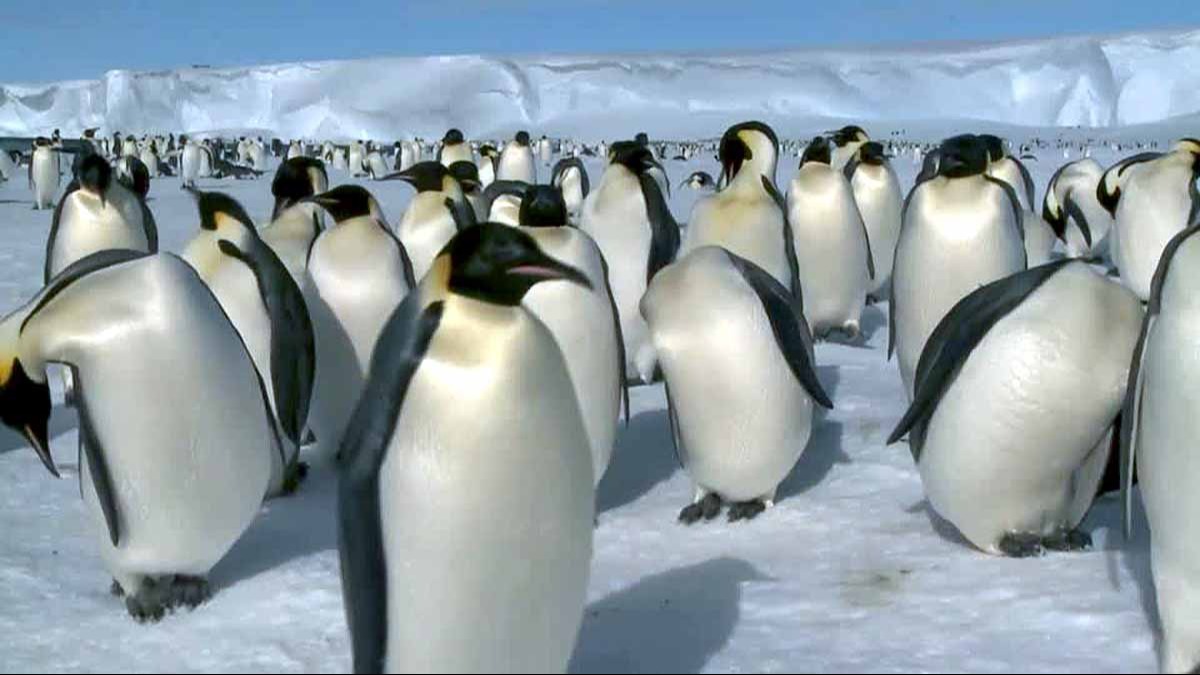Emperor penguins, the icons of Antarctica, face a bleak future as their population rapidly declines due to environmental changes. In the chilling realm of Antarctica, out of 66 existing colonies, 14 failed to breed in the last year of 2023. The culprit? A significant shortage of sea ice, as revealed by the British Antarctic Survey.
Scientist Peter Fretwell from the British Antarctic Survey states that Emperor penguins are the largest penguin species found only in Antarctica. When sea ice is abundant, they lay their eggs on the frozen shores and rear their young there. However, when the ice breaks too early, the chicks fall into the sea before growing waterproof feathers, leading to their demise in the cold.
Peter revealed that the ice was so scarce last year that breeding was not possible in 14 out of the 66 colonies, attributed to climate change-induced warming. Millions of Emperor penguin chicks died in the cold. Over the past seven years, there has been a rapid decline in Antarctic ice, with record low levels observed in the summers of 2022 and 2023.
In late 2022, there was a slight increase in ice levels, but not enough for successful breeding. The situation was not as dire in 2022, but it worsened significantly in 2023 due to warming that caused the ice to crack and melt in several places across Antarctica.

Source: aajtak
Peter noted that in 2022, a handful of colonies faced breeding challenges, but the problem escalated to 14 colonies the following year. He monitors these penguins using the Copernicus Sentinel-2 satellite and through field visits. Apart from the 14, the rest of the colonies found suitable conditions for breeding.
Peter fears that by the end of this century, 99 percent of Emperor penguins may be gone. The primary cause? Rising temperatures, melting ice, and disappearing sea ice. And for this, we humans are to blame, as our continual use of fossil fuels shows no signs of stopping.




